JRDG Company Special – Coherence II
1994-2001
Retail price in 1998 in the Netherlands 18.750 euro
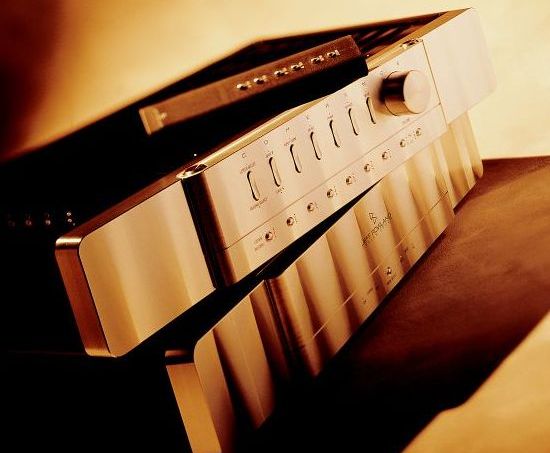
Revered at its introduction for its legendary silence and amazing low level detail retrieval, the Coherence II is still highly regarded. And indeed in a direct comparison with the Synergy IIi, the Coherence sounds more muscular and is more full-bodied and tonally richer, with more lifelike dynamics.
The Coherence II was about to receive an i-upgrade but somehow this never happened and the circuitry ended up in the Synergy 2i preamp. The Synergy 2i really is a great preamp with even better low level resolution than the Coherence II but is ultimately hampered in its abilities by its tiny power supply and of course it lacks a BPS.
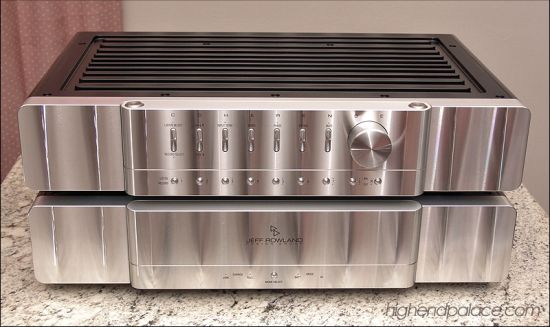
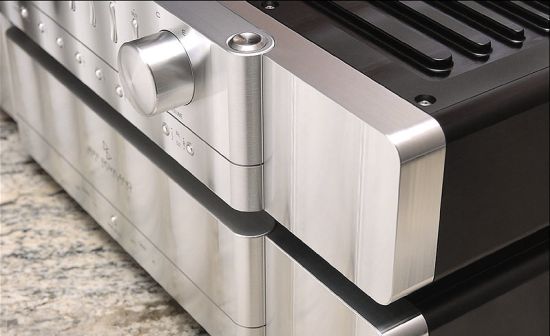
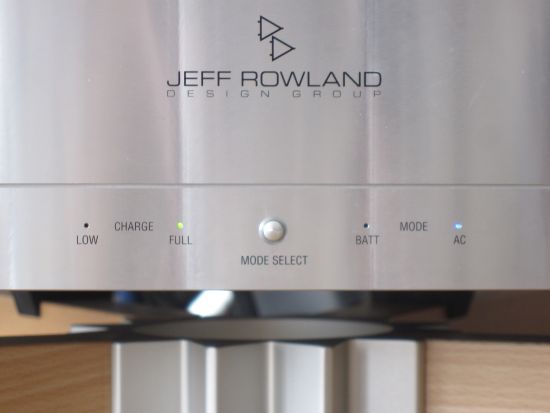
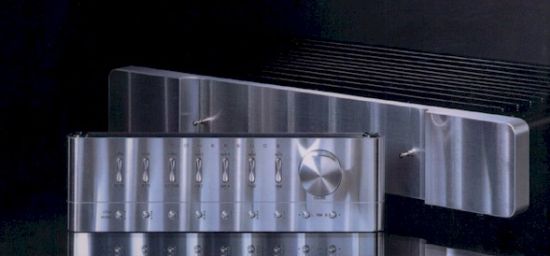
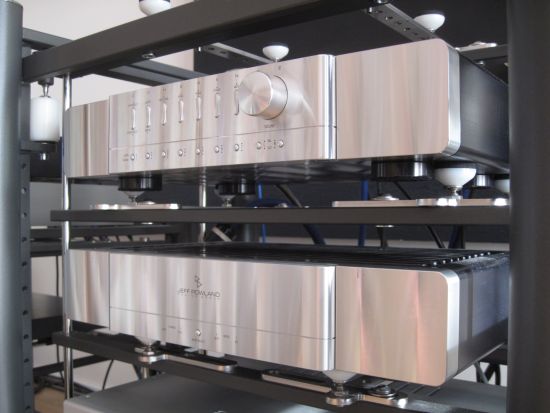
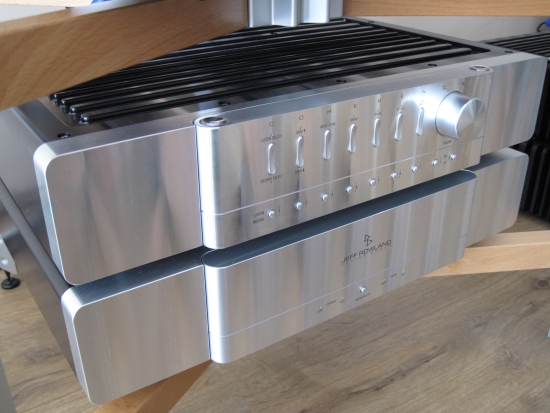
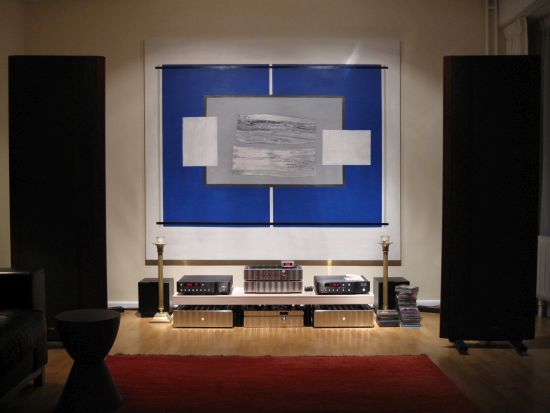

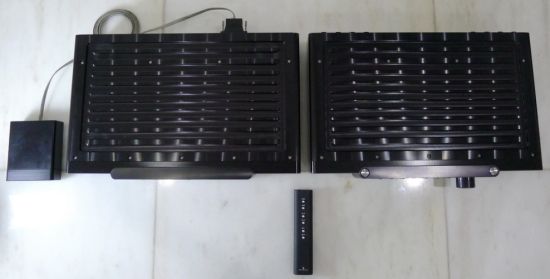
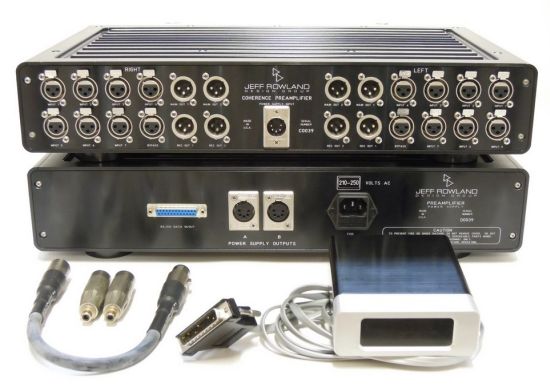
IR Remote Control
The Coherence II can be controlled remotely via the separate IR receiver unit pictured above that doubles as a volume display indicator. Why a separate box you ask? Well, it was believed by many audiophiles that remote control functionality compromised the purity of a preamplifier. By disconnecting it, any such fears can be laid to rest. Secondly, the separate box makes it possible to stow the preamp away from sight, in a cabinet even while still being able to control it.
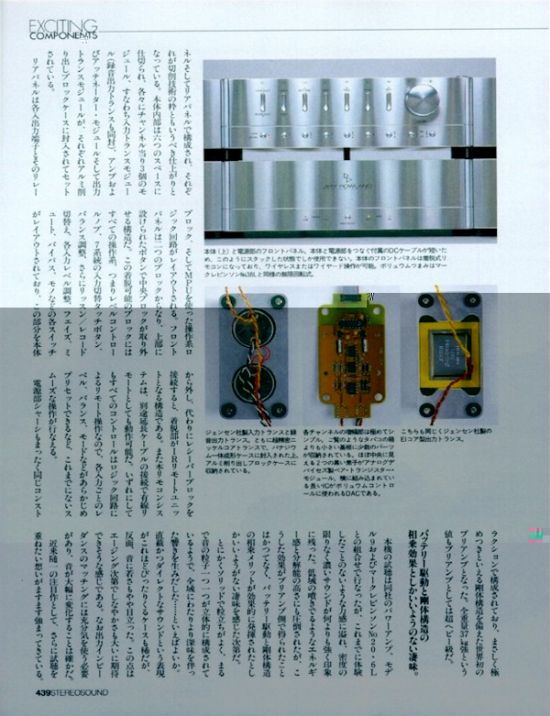
Amplifier section inside
In the middle are 3 modules per channel side: input transformer, output transformer and attenuation circuitry. On the rear is the input circuitboard holding the XLR’s and relays to switch them. Note that the black part of the housing is made from one solid block of aluminium.
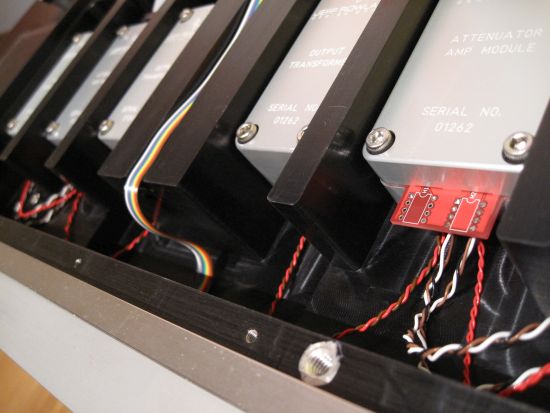
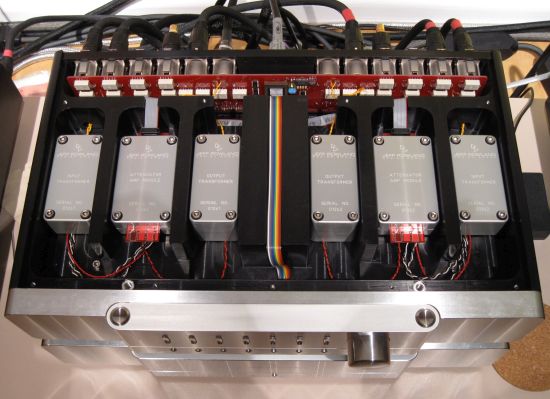
Power Supply section inside
Housed in this part is the power supply (transformer and capacitors) as well as the batteries and their charge management electronics. The batteries fit snugly into tightly tolerated holes on the left and right. In fact, when they need replacement depending on circumstances and brand of batteries used, they can be swollen slightly and cannot be easily removed without using some tools (and a lot of care!).
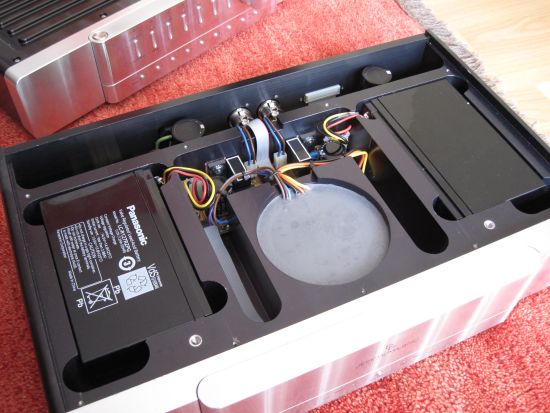
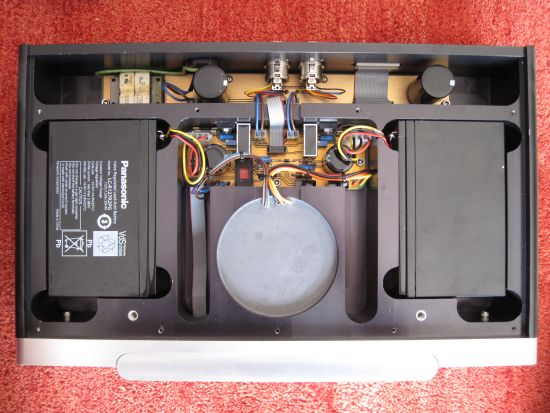
Power Supply section – inside the frontpanel
The frontpanel can be removed, and the smaller protruding section holding the buttons as well. When looking inside the latter, some hidden electronics for signalling and switching logic are revealed.
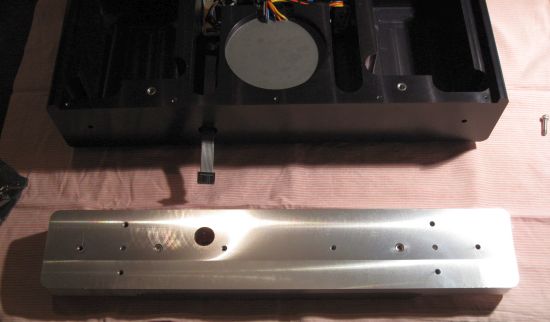
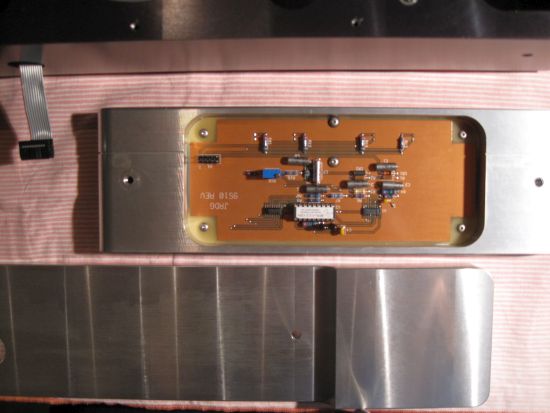
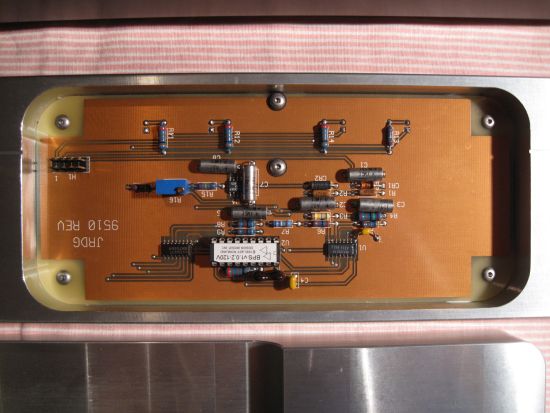
Difference between Coherence II Series I and Series II
The Coherence II, Series II was released April 1997. The Coherence II Series II upgrade involves the redesign of the attenuator amp circuitry. The actual circuit topology is similar; however, all of the circuit components were improved, taking advantage of recently available modern surface mount technology. The output amplifier is a newly developed, dual high-current transimpedance amplifier which handles both phases of the output circuit on one isothermic, copper lead frame power device. This output amplifier and all associated surface mount circuitry allow significant reductions in circuit loop area and path length yielding wider bandwidth, faster setting time, reduced dielectric absorption and greater thermal tracking stability. The overall sonic result is greater clarity during complex music passages and increased resolution of intertransient silence. I have not read of an official way to discern series 1 from series 2 by eye, but I do know that early models used green/brown circuit boards for the line stage modules, whereas the newer models use the more flashy bright red circuit boards. Note that the power supply section as well as the front panel section use green/brown circuitboards for both versions.
Importance of changing batteries every 5 years
When I first bought my Coherence II in 2010 the first thing I did was to replace the batteries. Since then it has been running perfectly for almost 7 years. Lately I did find my sound becoming ever softer and woolier but laid the cause for this elsewhere. When the time came to sell the Coherence again (bacause I moved to a Criterion) even though the preamp worked perfectly I changed the batteries for good measure. When I gave the preamp a last listen to see if everything still worked I was in for a surprise! The sound was considerably more lively and upbeat. The bass was now more powerful and the midrange more open and communicative. This is how I heard it during my first comparisons against the Synergy 1 and 2i, and this way it still sounds very very good. Its biggest power is that it manages to combine the classic stress-free and smooth Roland sound with big bass and an overall powerful delivery. I am not entirely sure at which point the sound tilted into the overly relaxed but I think it was around the 5 year point. Because the process then goes very slowly this makes it difficult to notice. Lesson to take away from this: some batteries last longer than others which is why JRDG specify them for 5-7 years but I would advise to change the batteries at least every 5 years. They’re only 40 euros for the pair so cost is negligible and they’re easy to replace yourself.
Problem Solving
Coherence, Synergy, Concentra, and Concerto IR Remote Control lock-up
The remote controls for the above listed products have an internal capacitor that can cause the microprocessor to lock when the battery has been nearly drained. This problem will continue even after a fresh battery has been installed. This capacitor allows the remote to continue to function even after the battery has become very weak. The solution to this problem is simple: remove the new battery and allow the remote to stand overnight with no battery installed. Once the battery is reinstalled in the morning, the remote should function properly again.
Resetting the Coherence
Press and hold the mode button on the frontpanel of the powersupply for 4 seconds and release. Nothing may happen for a couple of seconds but then a click is heard and the amp comes back online. You will have to re-program the balance offset, phase and gain setting and input/output configuration.
AC-DC switching instability
Many Coherence II preamps exhibit some instability when switching from AC to DC mode. What can happen is that the preamp switches itself off when you manually switch it to DC. This may seem worrying, but it does not harm the preamp and does not influence the sound quality. The reason for its resetting itself is likely that its internal processor always automatically turns to sleep mode to allow for maximum sound quality, and needs to start up when a button is activated by the user. The theory is that the pulse is too short and is gone by the time that the processor has waken up, thereby tripping the circuit.
A good method to counteract this is problem is to make sure that its processor is awake, prior to switching to DC. What works for me is to change volume, then change the input back and forth and then switch to DC.
Correct procedure for disconnecting the Coherence Preamplifier from AC power
If you disconnect the Coherence Preamplifier from AC power, you must hold the “mode” button on the power supply for 10 seconds, or until a “click” is heard. If you do not perform this disconnect procedure, one of the two internal batteries will continue to discharge, causing a potential battery failure.
Complete lock-up
It can happen that the Synergy locks up when you operate many buttons at the same time and also adjust the volume. All you need to do is unplug the powercord, wait for 10 seconds and reconnect. If you reconnect too quickly, the Synergy may not work. The same is true if you swap the power cable or change the position in the extensionblock. As a rule of thumb: always wait 10 seconds before reconnecting the power.
More Jeff Rowland
Jeff Rowland Company Special Main Page
Jeff Rowland Company Special Preamplifiers
Extensive Review